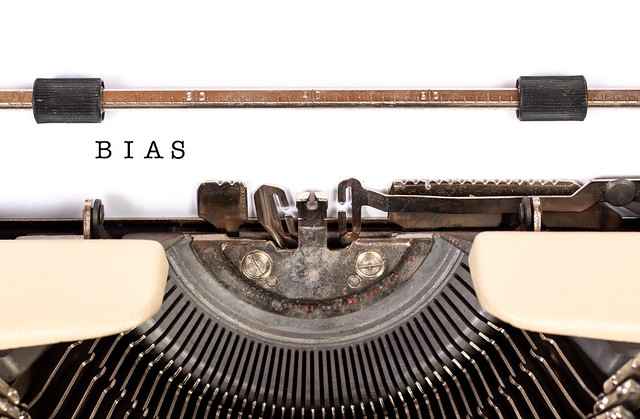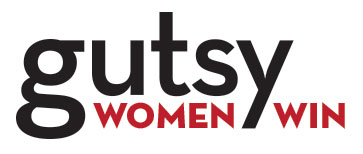Try B.I.A.S. to Stop Bias.

I’ve been teaching awareness of biases as a part of my leadership programs and coaching. There are more than 150 identified unconscious biases that are common. This number makes the task of acknowledging them and then addressing them a big one. These biases influence decisions that are made at all levels in organizations.
A few of these unconscious biases that directly impact the workplace include:
Affinity bias: The tendency to warm up to people like ourselves. It is shown that people hire people who are like them.
Halo effect: The tendency to think everything about a person is good because you like that person. Because the person is a friend of yours, the choice opportunities go to them.
Perception bias: The tendency to form stereotypes and assumptions about certain groups that make it impossible to make an objective judgment about members of those groups. Example: Millennials being entitled.
Groupthink: This bias occurs when people try too hard to fit into a particular group by mimicking others or holding back thoughts and opinions. This causes them to lose part of their identities and causes organizations to lose out on creativity and innovation. (Price, n.d). This shows up in hierarchical organizations where status matters.
Changing these beliefs means changing the patterns of thought that have been established over our lifetime through the models we have since we were infants. Because of this lifelong conditioning, becoming aware of and changing our biases requires being fully conscious of them.
One tool we teach is the B.I.A.S. method.
B. Breath
I. Inhale
A. Ask
S. Self
B. Breath. When you are feeling uncomfortable about a situation you think may be bias on your part, pause. Breath. Be in the moment.
I. Go Inside Yourself. Be aware of what you are thinking. Feeling. Pay attention to this and name it.
A. ASK Yourself. “Is this really how I think now? Is this really how I feel now? Is this an old belief or assumption I hold?" Challenge yourself and your judgment.
S. Self-reflection. Reflect on the situation and ask yourself. "What did I learn? Where else does this reaction appear in my life? What will I do differently next time?"
What techniques do you use to check your biases?
Image by Trending Topics

0 comments
Leave a comment
Please log in or register to post a comment